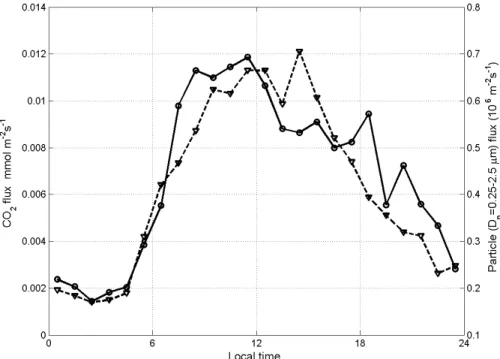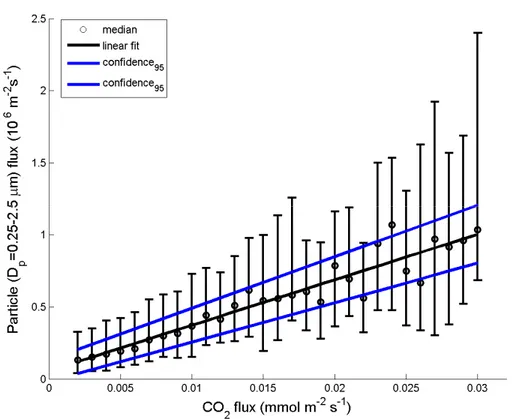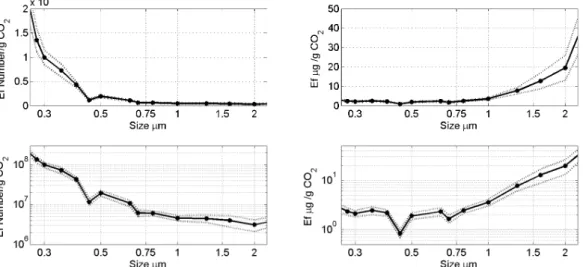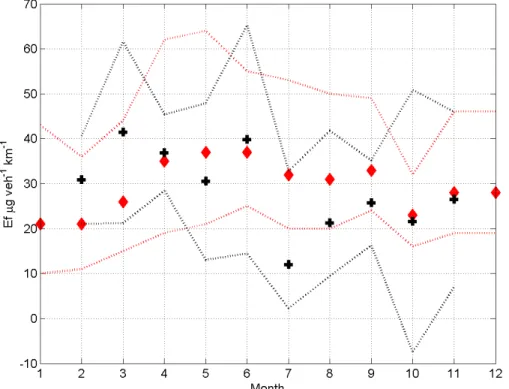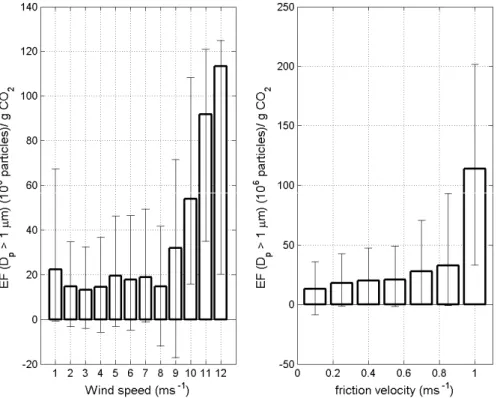The relationship between 0.25–2.5 μm aerosol and CO<sub>2</sub> emissions over a city
Texto
Imagem
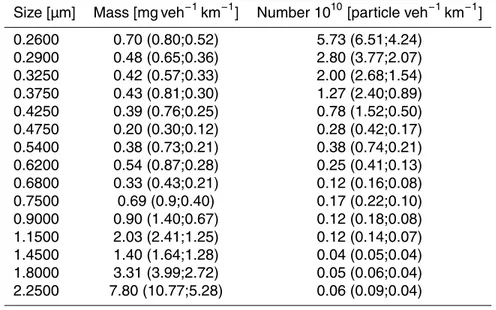
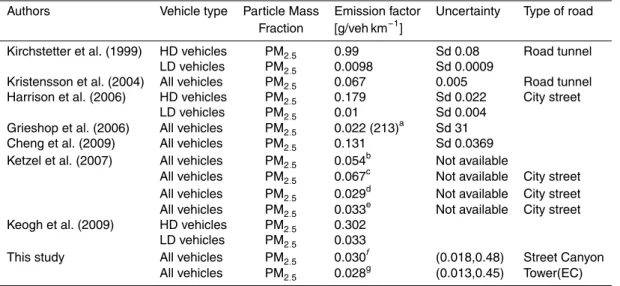
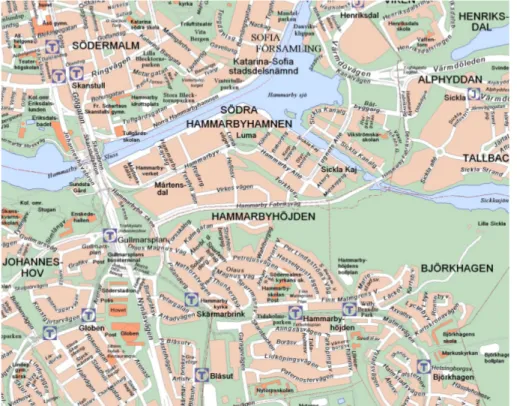
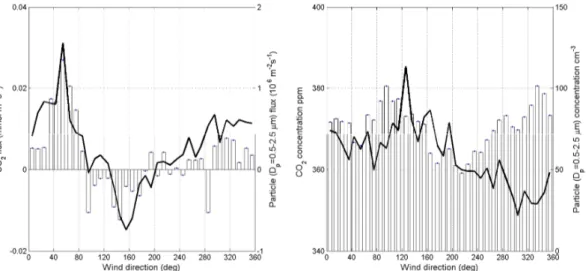
Documentos relacionados
The two main anthropogenic CO 2 fluxes are emissions from the combustion of fossil fuels and net emissions from land use change, the latter being largely driven by deforestation
The differences in trend values may be partially due to the difference in time pe- riod of the data sets (EDGAR v4.2 emission inventory is for the period 2000–2009 while the REAS
of subgrade layer remain constant, a larger rolling stock speed leads to an increase in the required thickness of the ballast and sub-ballast layers. In fact,
When compared to the prior uncertainties, inversions with 70-station networks achieve an uncertainty reduction of 56 % on average and a 16 % 1-sigma posterior uncertainty for
We have used the GEOS-Chem CO 2 simulation with CO 2 emissions from global monthly-varying fossil fuel use, shipping, aviation and the chemical production of CO 2 from the oxidation
Seven of the reservoirs (Lake Wohlen, Lake Gruy `ere, Lake Sihl, Lake Luzzone, Lake Santa Maria, Lake Oberaar and Lake Lungern) were sampled several times during the campaign
CO 2 emission (t h −1 ) of Caterpillar bulldozers at various engine load factors was determined using an hourly fuel consumption and conversion factor of CF = 0.00268 for
For Monte Bondone, NSD- and SR-type indices for the selected bands for estimating all variables except α were strongly correlated with canopy-total chlorophyll content ( R 2 >
